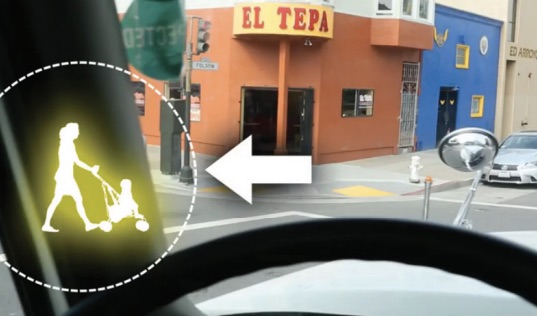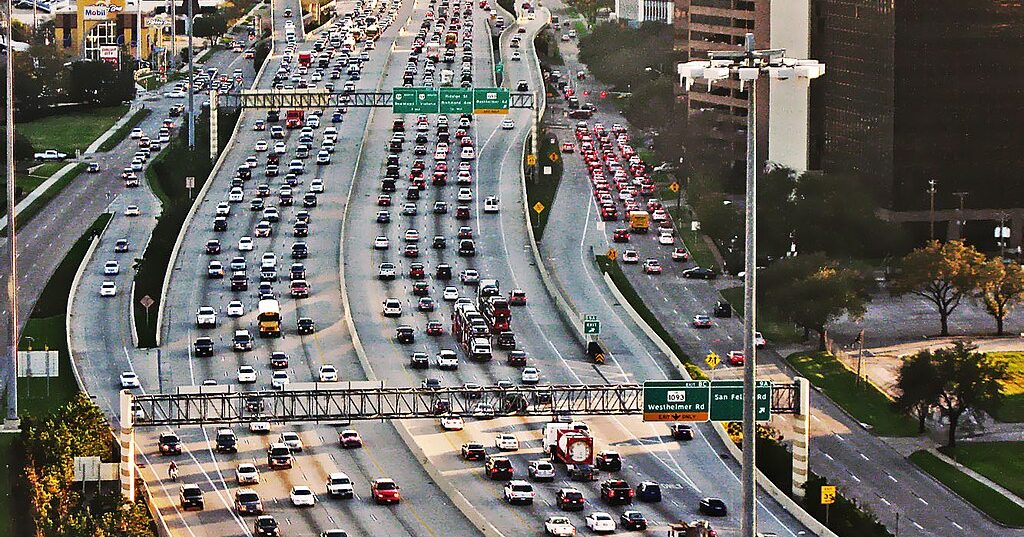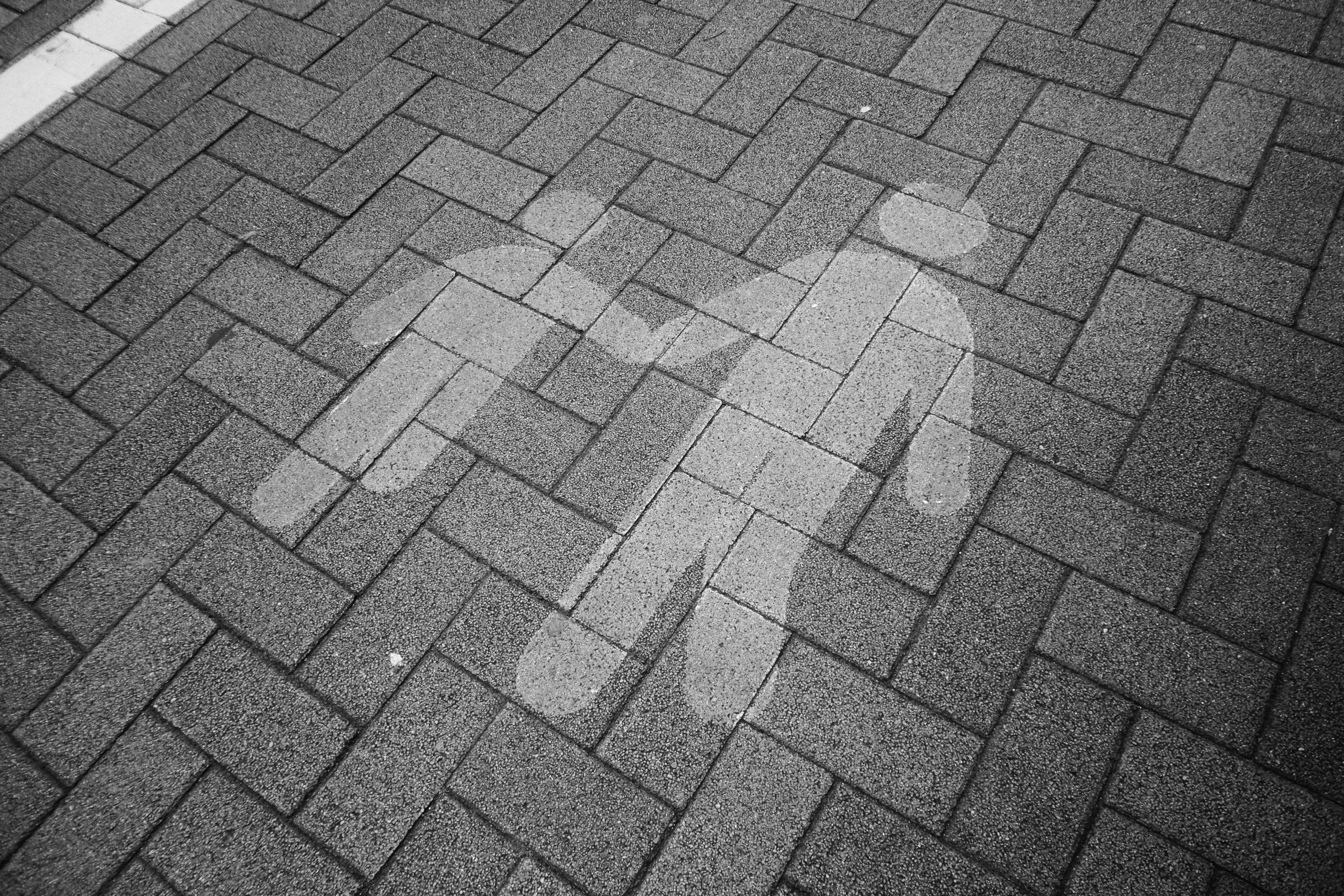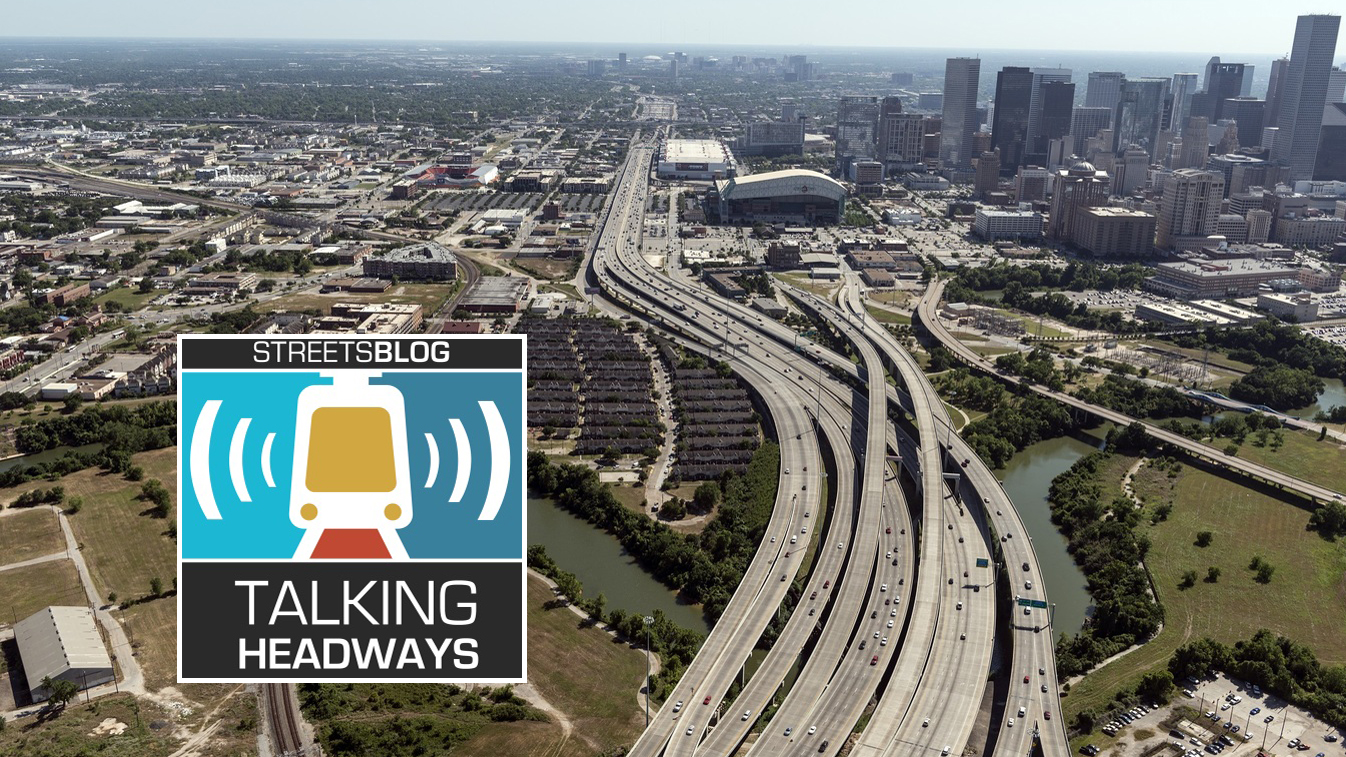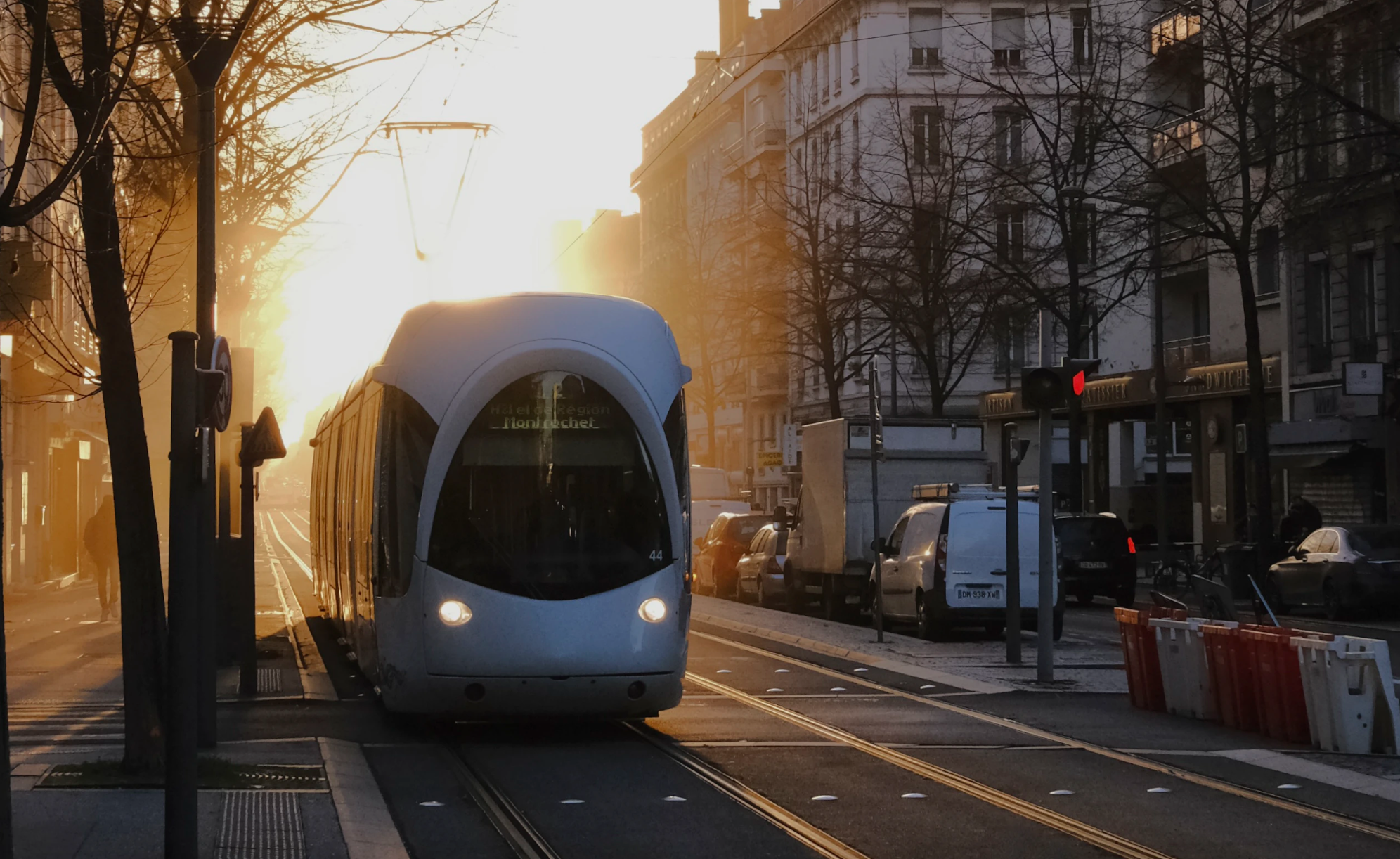
Heavy trucks kill. They account for as much as 32 percent of cyclist deaths in New York City and 58 percent in London, far out of proportion to their share of traffic. Across the U.S., 1,746 bicyclists and pedestrians have been killed in collisions with commercial trucks over the last five years.
For cities looking to reduce traffic fatalities, the dangers posed by heavy trucks must be addressed. London is a global standard bearer, but some American cities are also making progress on truck safety. A report from the Vision Zero Network [PDF] highlights some of the best policies.
1. Mandate side guards and crossover mirrors for city trucks
American cities don't have the power to regulate vehicle designs the way British cities do, but they do have control over their own fleets. Applying effective safety standards to municipal truck fleets is a good first step for cities.
The 2012 death of 23-year-old Christopher Weigl drew attention to the problem of truck design in Boston. One feature the city's trucks lacked was side guards, which prevent severe injuries in the event a truck driver sideswipes a pedestrian or cyclist, keeping the victim away from the path of the rear wheels.
In nearly half of cyclist fatalities involving heavy trucks, the victim was initially hit by the side of the vehicle. The same is true for about a quarter of pedestrian victims. In the last five years, 556 pedestrians and cyclists lost their lives in this type of collision, according to the Volpe Center, a U.S. DOT research institute. Side guards could have saved them.
After the UK required side guards, cyclist fatalities in side impact collisions fell 60 percent, and pedestrian fatalities fell 20 percent, according to the Vision Zero Network. A number of countries in Europe and South America also require them, as does Japan.
In 2013, Boston passed a side guard ordinance and started installing the them on public works vehicles and garbage trucks. Each side guard cost the city about $1,800. (U.S. DOT estimates side guards cost around $900, and if designed properly can improve fuel economy enough to be cost-neutral [PDF].)
The Volpe Center recently published a voluntary side guard design standard, which can serve as a guideline for cities that want to improve safety.
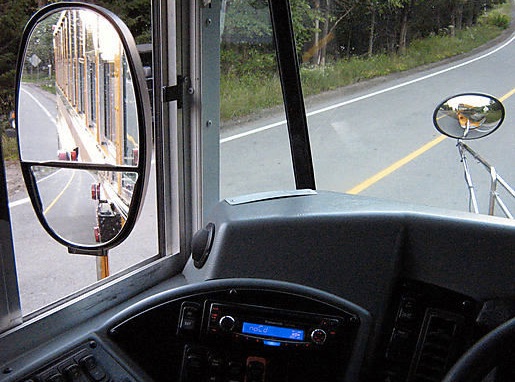
New York City began installing side guards on city-owned vehicles as part of its Vision Zero initiative, launched in 2014. According to the Vision Zero Network, New York has installed side guards on 500 trucks and hopes to double that number in 2017. Mayor Bill de Blasio has mandated them on 10,000 vehicles -- mostly garbage trucks -- by 2024.
Both Boston and New York also require crossover mirrors, which are mounted on the hood to reduce blind spots in front of the vehicle, on city fleets. New York City requires them on all trucks, thanks to a state law allowing that regulatory authority. Trucks registered in other states that are driven into NYC are not covered by the law, however, and federal regulators have failed to close the loophole.
2. Insist on safe trucks for contractors
Cities don't have the authority to require side guards on all trucks, but they have leverage with their contractors. Boston is the first city to take advantage, requiring side guards not only on its own fleet but for contractors who do business with the city as well. Next year London will begin using its authority to deny work to firms that use the most dangerous types of trucks.
While this strategy won't cover every truck, it's one more tool cities can use to improve the safety of commercial vehicles. New York City's rules stop short of this but do offer incentives to private waste haulers that install side guards [PDF].
3. Restrict freight traffic to specific streets
Cities also have the authority to limit where heavy trucks can travel. A number of American cities have limited where trucks can legally operate by designating truck routes, said Alex Engel, a spokesperson for the National Association of City Transportation Officials. However, this takes careful planning, he added, because often the same routes that are desirable for biking also make sense as freight routes.
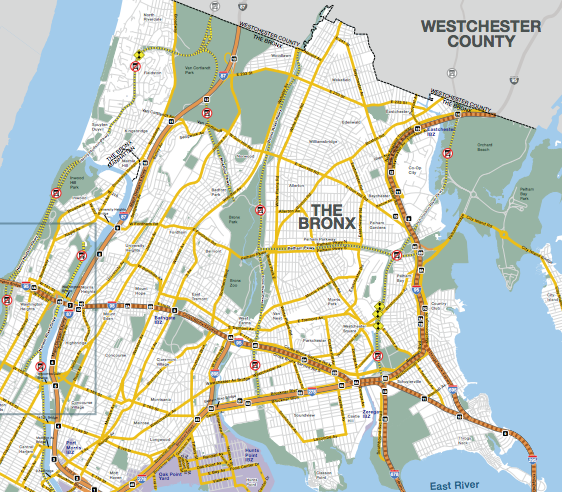
New York City limits where freight traffic can go based on destination -- inside the city or outside -- and truck size. Truck drivers are only allowed to stray from truck routes to reach their final destination. The system is supposed to keep trucks away from most streets unless making local deliveries, but the laws are not well enforced.
Trucks longer than 55 feet also require a city permit to operate anywhere within New York City, and trucks of that size aren't allowed on surface streets at all unless the cargo is "non-divisible," such as construction beams. However, the rules are frequently broken, Streetsblog New York reports, and deadly collisions involving oversized trucks are common.
Seattle and New Orleans both restrict where heavy trucks can go. New Orleans does not allow trucks over 36 feet within the French Quarter. Seattle requires a permit for oversized trucks within a special downtown zone.
4. Improve truck driver training
San Francisco requires city truck and bus drivers to take a class about vehicle blind spots. London also provides special training to truck drivers through its Fleet Operator Recognition Scheme. Some of these courses -- e.g. "vulnerable road user awareness" -- are taught by bicycle advocacy groups.
